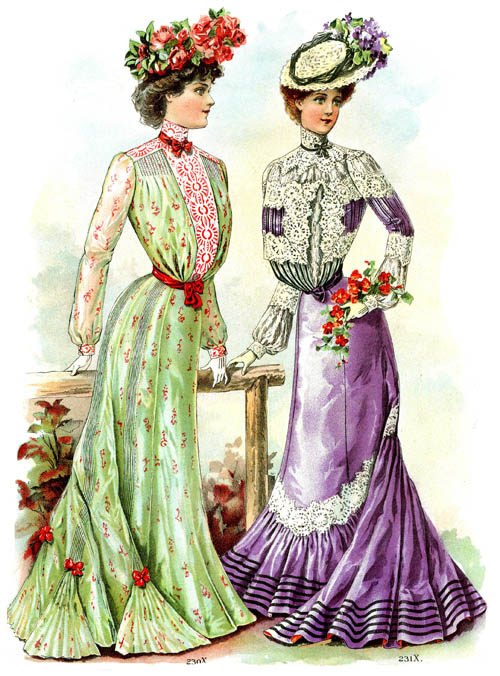|
Home > Victorian Science & Invention > More... > A Scientific Miscellany

|
We often imagine Victorians as being stuck in the "past." In reality, Victorians were obsessed by the future. The Victorian world was filled with wonders - wonders that Victorians firmly believed could be discovered, and eventually understood, through science. Perhaps one of the things that so distinguishes Victorian science and science articles from those of today is that sense of "wonderfulness" that surrounds each new discovery or invention. This section looks at some of the many odd marvels and developments that were explored or created by the Victorian science.
|
- The Time Ball, Royal Observatory, Greenwich
(Illustrated London Almanack, 1845)
- How time is kept at the Greenwich observatory, with some lovely diagrams.
- Triple Rainbows
(Leisure Hour, 1868)
- The Practical Uses of Seaweed, by W. Gibson
(Cassell's Family Magazine, 1879)
- Scientific Foolishness
(Scribner's, 1879B)
- A commentary on the theory of evolution.
- Wealth from Rubbish: Coal-Tar - Aniline Dyes, by W. Gibson
(Cassell's Family Magazine, 1879)
- How We Save Time and Labour (Cassell's Family Magazine, 1881)
- An interesting look at the results of 19th-century technological advances and how they have changed lives.
- The Aniline Colors
(Girl's Own Paper, 1884)
- A look at the uses, origins, and some of the problems with the "new" aniline dyes.
- How Sounds Are Made Visible, by J.F. Rowbotham
(Cassell's Family Magazine, 1890)
- Using a paste of sand to visually capture the vibrations of sound.
- Microscopic Labourers and How They Serve Us, by Prof. Percy F. Frankland (English Illustrated Magazine, 1890B)
- Glimpses of the Bacteria, by T. Mitchell Prudden MD
(Harper's Monthly, 1891A)
- How to examine and culture bacteria; a look at some varieties of bacteria; and some commentary on the relationship of science and faith.
- Visible Sound, by Margaret Watts Hughes
(Century Magazine, 1891B)
- On the creation of visible "voice-figures" using sand or fluid placed over a membrane stretched over a "speaking tube." The article is followed with a commentary by Sophie Herrick.
- Hereditary Traits, by Alexander Cargill
(Cassell's Family Magazine, 1891)
- A rather rambling piece on heredity, interesting primarily for its accounts of some canine behavior.
- How Time is Regulated, by Clifford Howard (Ladies' Home Journal, 1892)
- How the United States Naval Observatory is used to regulate official clocks.
- Out of Sight, Out of Mind: Methods of Sewage Disposal, by George E. Waring, Jr.
(Century Magazine, 1894A)
- Explosions, by Framley Steelcroft
(The Strand, 1897A)
- Some Curious Optical Illusions, by George Lindsay Johnson
(The Strand, 1897B)
- What Makes a Cricket Ball Curl in the Air? by F.M. Gilbert
(The Strand, 1898A)
- Mysteries of Sound, by John W. Bacon
(The Strand, 1898B)
- An Electric Man, by W.B. Northrop
(Strand, 1900B)
- An early automaton.
|
Visit Our Victorian Shop
for:
Books
Coloring Books
Beautiful Spiral Journals
Holiday Greeting Cards
|
|


 Discover thousands of Victorian images in our
Discover thousands of Victorian images in our 